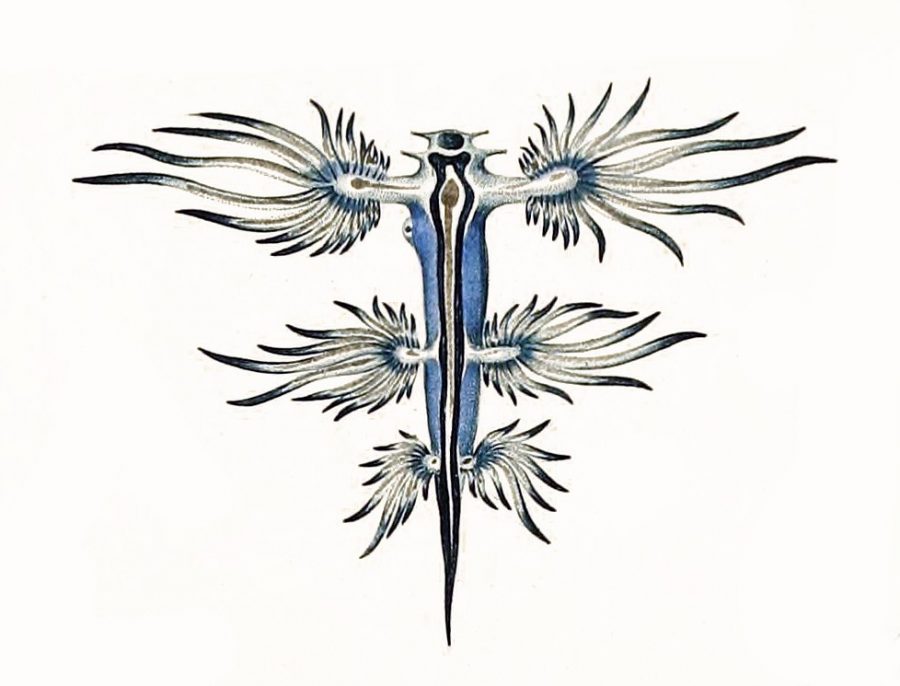Mystery Animal: Glaucus Atlanticus
There are many strange, fascinating creatures on our beautiful, extraordinary planet. These include animals such as bush vipers and the adorable, yet nearly extinct, vaquita, as well as just about every deep-sea creature.
However, few people have heard of the beautiful, mystical Glaucus atlanticus. G. atlanticus. A seemingly innocent creature, it is one of the most fascinating yet dangerous of them all. This fascinating creature has evolved to become extremely powerful.
This pelagic aeolid nudibranch (slug) was first discovered in 1777 by Captain James Cook during his second voyage to the Pacific Ocean aboard his ship HMS Resolution. Since then, the strange creature has been forgotten by the general public.
G. atlanticus is actually a gastropod mollusk belonging to the Glaucidae family and is closely related to Glaucus marginatus, a sea slug equally remarkable to its cousin. It possesses several names, most of which refer to its spectacular sapphire coloration.
These appellations include the blue sea slug, blue sea dragon, blue glaucus, blue angel, and blue ocean slug. Others also enjoy referring this mollusk as a sea swallow, or a “real-life pokémon.”
The species averages 5-8 centimeters (2-3 inches) long. The beautiful, vibrant pale and dark blue coloration is found on the dorsal side (back) of the slug, with silvery gray found on its stomach. These colors are one of its many defenses: they camouflage the ocean slug, hiding it from any possible predators.
The sea slug has a flat, floatable body with serrated radula (teeth) and six appendages branching off into several cerata; it can contain up to 84 of these anatomical structures. It is able to float on top of the water as its refills a special gas-filled sac in its stomach with air. Due to the small specialized cnidosacs located atop the cerata, the blue sea dragon is often deemed dangerous. The venom contained in these sacs is powerful enough to kill even a human.
Like most sea slugs, these creatures are hermaphroditic, meaning they contain reproductive organs of both male and female sexes; both sea slugs produce egg strings (a group of eggs) after mating. The eggs are laid on floating wood, the remains of prey, or other objects that float, enabling the young to survive on a surface as they develop.
The pelagic G. atlanticus is found in various parts of the Pacific, Atlantic, and Indian Oceans, meaning that it can be found at many beaches around these bodies of water. Over the years, as popularity and knowledge of G. atlanticus has increased, these creatures have begun to attract the attention of many enthusiasts.
Now, many people are trying to keep these splendid species as pets. This is extremely harmful to the sea slugs, which cannot survive long in captivity. G. atlanticus’ strange diet is what makes it hard for the creature to survive outside of ocean waters.
Hydrozoans are its most important and only food source. Of all hydrozoans, its favorite prey is the venomous Portuguese man o’ war, or Physalia physalis. The blue sea dragon has evolved to become immune to the Portuguese man o’ war’s venom by secreting mucus to toughen up its skin. If left without any other food sources, G. atlanticus is likely to commit cannibalism.

Kaelyn Klatte, a junior at Harriton, has been writing for The Harriton Banner since freshman year. An avid science fan, active Cross Country/track athlete,...



